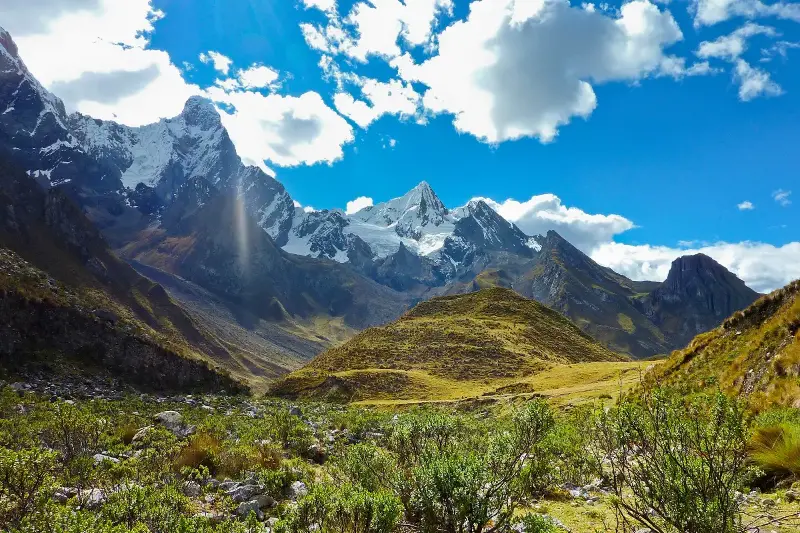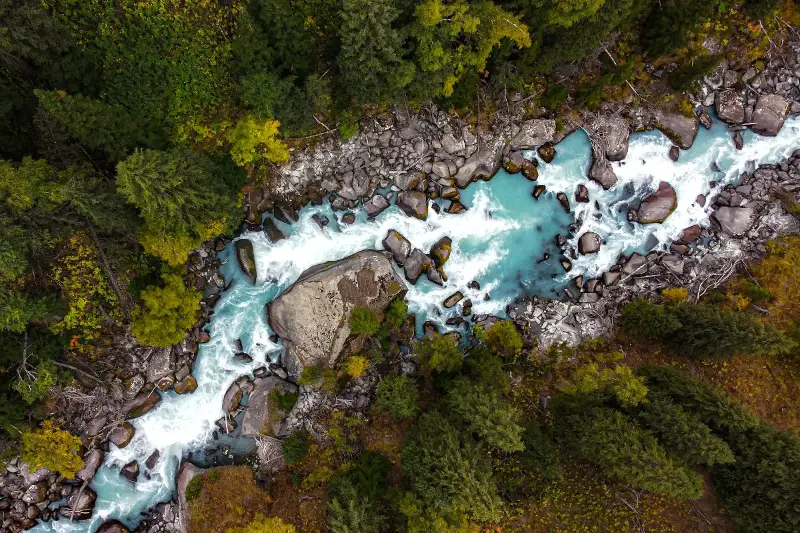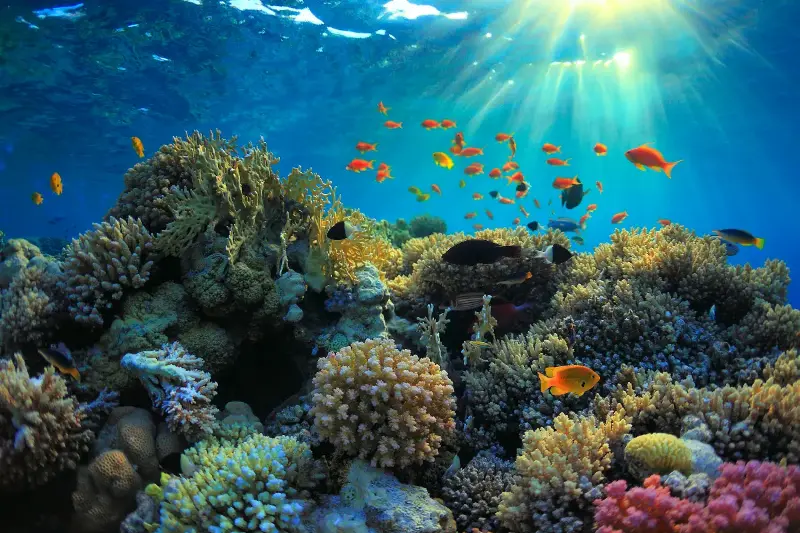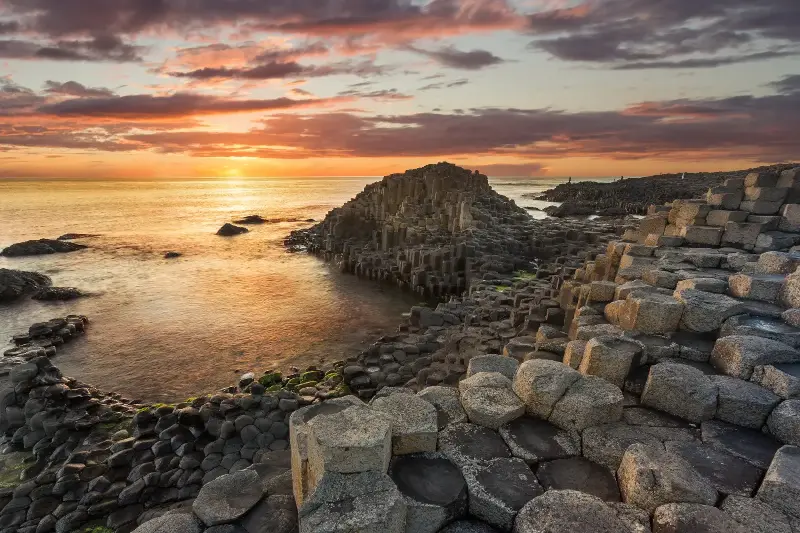Imagine a world where colossal mountains spike towards the sky, serene valleys cradle rivers winding between wildflowers, and sheer cliffs guard secret coasts swept by ocean spray. Such breathtaking scenery isn’t just nature’s décor—it’s the result of millennia of Earth’s restless forces, sculpting and resculpting our continents. This is the hidden artistry behind every storybook landscape and rugged peak.
The Drama Beneath Our Feet: Tectonic Tales

Every great landscape begins far below us. Earth’s rocky shell is fractured into massive plates, called tectonic plates, that drift atop the molten mantle. Their slow, powerful movements are silent, yet their effects are epic. When two plates collide, the crust can crumple and fold, forging soaring mountain ranges like the Himalayas. Where plates tear apart, deep rifts and valleys are born, as seen in Africa’s Great Rift Valley.
Plate boundaries are hotspots of dramatic change. Here’s a snapshot of the action:
- Convergent boundaries: Plates smash together, forming mountains (the Andes), island arcs, and triggering massive earthquakes.
- Divergent boundaries: Plates move apart, allowing magma to ooze upwards and create new crust (the Mid-Atlantic Ridge).
- Transform boundaries: Plates slide past one another, grinding and shattering the landscape (the San Andreas Fault).
These slow-motion collisions and partings span millions of years, yet they shape every valley and peak we see today.
The Paintbrush of Water and Weather

Once the Earth’s skeleton has been set, rain, wind, and ice move in as master artists. Over centuries, they nibble away at rock and earth, carving and smoothing, dropping and dragging:
- Rivers carve steep canyons and wide floodplains, as seen with the Colorado River’s relentless work creating the Grand Canyon, slicing through rock layer after layer.
- Glaciers act as icy chisels, gouging out U-shaped valleys and leaving behind jewel-like lakes. The Scottish Highlands tell stories of ancient ice, their rugged coasts and lochs shaped by frozen giants.
- Wind sculpts fantastical arches and pinnacles in deserts—a masterclass in patience, gradually grinding even the hardest rocks into surreal forms, like the fairy chimneys of Cappadocia.
Think of water as a gentle yet persistent artist, never taking ‘no’ for an answer, while wind and ice bring boldness and drama to the canvas.
Earth’s Living Brushstrokes: Life Shaping the Land

Surprisingly, living things help sculpt Earth’s surface too. Root systems break down rock, while burrowing animals move tons of soil. Over generations, forests can stabilise or shift entire landscapes. Coral reefs, built by tiny sea creatures, grow into vast underwater sculptures visible from space—like Australia’s Great Barrier Reef.
In places like Madagascar, baobab trees stand sentinel on the eroded plains, their roots and trunks helping to hold back soil. In the Amazon, endless greenery feeds rivers that carry fertile sediments hundreds of miles, constantly reshaping landscapes downstream.
Earth isn’t just black rock and blue sea—its landscapes teem with life, and that life leaves its thumbprint on the world.
Surprising Stories Written in Stone

Every awe-inspiring landscape contains centuries of secrets. Some of the world’s most iconic sites hold surprising histories:
- Norway’s Fjords: Carved by glaciers during the Ice Age, these steep-sided inlets are reminders of a frozen world, where rivers of ice sculpted mountain walls thousands of feet high.
- The Giant’s Causeway: Ireland’s famed basalt columns were formed by rapidly cooling lava, their hexagonal shapes a testament to volcanic artistry.
- The Atacama Desert: One of the driest places on Earth, its haunting beauty is the result of cold ocean currents, rain-shadowed mountains, and fierce winds—all conspiring to keep it nearly waterless.
Each formation is a frozen chapter in Earth’s grand tale, waiting for us to read between the lines.
Whether it’s the dizzy heights of the Rockies or the storybook charm of the English Lake District, our world is shaped by powers both terrifying and beautiful. The next time you gaze at a dramatic landscape, consider—what unseen dance of rock, water, ice, and life shaped this view? Perhaps, somewhere beneath your feet, the next page in Earth’s story is already being written, waiting to rise. Isn’t it thrilling to wonder what wonders the ages will carve next?
